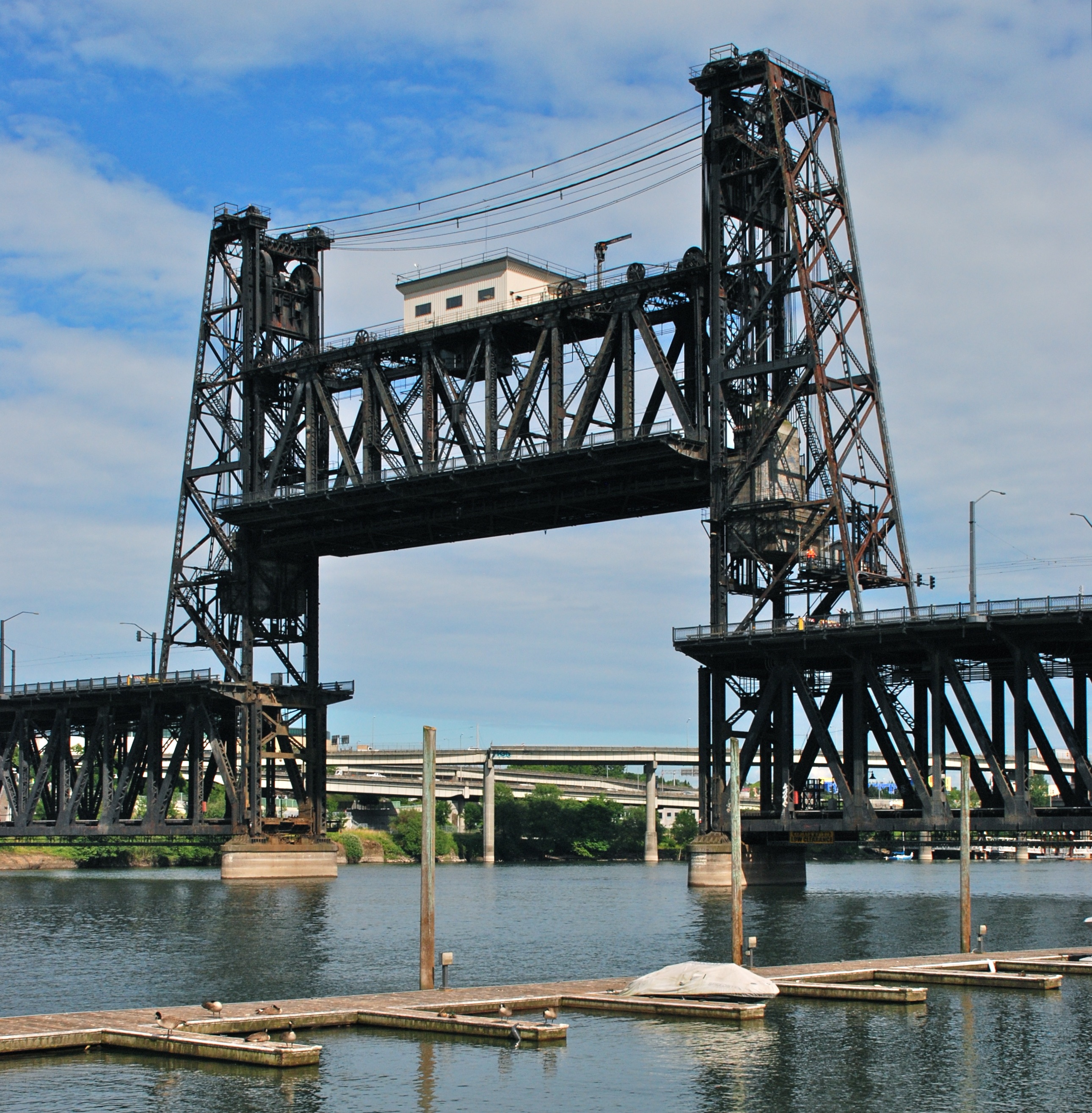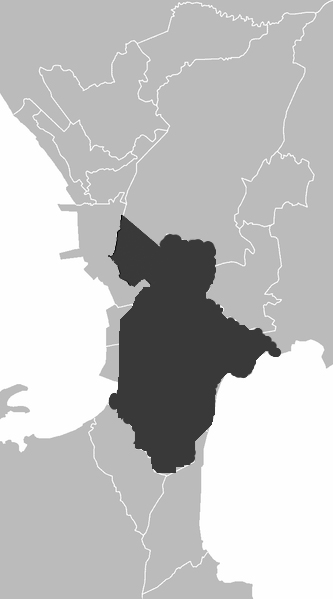|
List Of Firsts In The Philippines
The following is the list of firsts in the Philippines. In order to be listed, each feat must be backed up by a third-party reliable source explicitly stating that the feat is the first. Corporate milestones, such as the first branch or property of a particular company in the Philippines, are excluded, unless it is also a first in its industry. Architecture and Engineering The following are the first buildings or structures of their type. Religious buildings *First mosque: Masjid Sheikh Makhdum in Simunul, Tawi-Tawi, Simunul, Tawi-Tawi – 1380 *First Catholic church: Basilica del Santo Niño – 1735 *First synagogue: Temple Emil in Taft Avenue, Malate, Manila – 1922 *First Steel building, steel building church: San Sebastian Church (Manila), San Sebastian Church – 1888 Hotels and restaurants *First luxury hotel: Hotel del Oriente in Binondo, Binondo, Manila– 1889 Shopping malls * First department store: Hoskyn & Co. in Iloilo City – 1877 Building certifications ... [...More Info...] [...Related Items...] OR: [Wikipedia] [Google] [Baidu] |
Masjid Sheikh Makhdum
The Sheikh Karimul Makhdum Mosque is located in Barangay Tubig Indangan, Simunul, Tawi-Tawi, Simunul, Tawi-Tawi, the Philippines. It is the oldest mosque in the Philippines and in Southeast Asia. History According to local folklore, it was built by a Syrian Arab trader and Sunni Sufi scholar named Sheikh Karimul Makhdum in 1380. It was first thought that the pillars of the old mosque found within the current mosque are the pillars of the original allegedly built in 1380. However, studies from the National Museum of the Philippines have confirmed that the pillars found within the present mosque dates back to the 17th century. The four pillars are regarded as sacred and have high status in Philippine culture as they are at least 400 years old and are the oldest known Islamic artifacts in the entire Philippines. The current mosque building was constructed in the 1960s, after most of the prior structure was burned down in 1941 during the Japanese occupation of the Philippines, ... [...More Info...] [...Related Items...] OR: [Wikipedia] [Google] [Baidu] |
CNN Philippines
CNN Philippines (abbreviated as CNN PH) is a commercial broadcast, cable and satellite television network in the Philippines. It is owned and operated by Nine Media Corporation, together with Radio Philippines Network (RPN) as the main content provider, under license from Warner Bros. Discovery. Replacing 9TV, CNN Philippines was launched on March 16, 2015. CNN Philippines is the fifth local franchise of CNN in Asia, after CNN Indonesia, CNN Türk, CNN Arabic and CNN-IBN (now CNN-News18 in India). CNN Philippines' local programming is produced from the Upper Ground Floor of the Worldwide Corporate Center, Shaw Boulevard corner Epifanio de los Santos Avenue in Mandaluyong. The channel maintains its analog transmitter located at the RPN Compound, #97 Panay Avenue, Brgy. South Triangle, Diliman, Quezon City; while digital transmission facilities are located at the Crestview Subdivision, Barangay San Roque, Antipolo, Rizal. On October 14, 2014, Turner Broadcasting ... [...More Info...] [...Related Items...] OR: [Wikipedia] [Google] [Baidu] |
Ayala Bridge
Ayala Bridge, in Filipino ''"Tulay ng Ayala"'' and in Spanish ''"Puente de Ayala"'', is a steel truss bridge over the Pasig River in Manila, Philippines. It connects the districts of Ermita and San Miguel, passing over the western tip of Isla de Convalecencia. It carries Circumferential Road 1 (C-1) and National Route 180 (N180), linking Ayala Boulevard in Ermita to P. Casal Street in San Miguel. History Ayala Bridge was originally two separate timber-built bridges (divided into the "San Miguel" and "Concepcion" sections after each side's point of origin, converging into Isla de la Convalecencia) when it was first built in 1872 by Don Jacobo Zóbel y Zangroniz of Casa Róxas (the present-day Ayala Corporation). Scarcely 10 years after it was opened to traffic, the bridge's condition had degenerated considerably that in 1899, the "San Miguel" portion collapsed, with "Concepcion" following suit months later. Steel became the main material in 1908, and Ayala Bridge became t ... [...More Info...] [...Related Items...] OR: [Wikipedia] [Google] [Baidu] |
Steel Bridge
The Steel Bridge is a through truss, double-deck vertical-lift bridge across the Willamette River in Portland, Oregon, United States, opened in 1912. Its lower deck carries railroad and bicycle/pedestrian traffic, while the upper deck carries road traffic (on the Pacific Highway West No. 1W, former Oregon Route 99W), and light rail (MAX), making the bridge one of the most multimodal in the world. It is the only double-deck bridge with independent lifts in the world and the second oldest vertical-lift bridge in North America, after the nearby Hawthorne Bridge. The bridge links the Rose Quarter and Lloyd District in the east to Old Town Chinatown neighborhood in the west. History The bridge was completed in 1912 and replaced the Steel Bridge that was built in 1888 as a double-deck swing-span bridge. The 1888 structure was the first railroad bridge across the Willamette River in Portland. Its name originated because steel, instead of wrought iron, was used in its construct ... [...More Info...] [...Related Items...] OR: [Wikipedia] [Google] [Baidu] |
Parañaque
Parañaque, officially the City of Parañaque ( fil, Lungsod ng Parañaque, ), is a first class highly urbanized city in the National Capital Region of the Philippines. According to the 2020 census, it has a population of 689,992 people. It is bordered to the north by Pasay, to the northeast by Taguig, to the southeast by Muntinlupa, to the southwest by Las Piñas, and to the west by Manila Bay. Like the rest of Metro Manila, Parañaque experiences a tropical climate with only two distinct seasons, wet (July to September) and dry (October to June). The city enjoys an annual rainfall of and an average daily maximum temperature of . Parañaque is the home of the PAGCOR Entertainment City, a gaming and entertainment complex under development by the state owned Philippine Amusement and Gaming Corporation spanning an area of in Bay City, where four large integrated resorts are based namely Solaire Resort & Casino, City of Dreams Manila, Okada Manila, and the soon to be completed W ... [...More Info...] [...Related Items...] OR: [Wikipedia] [Google] [Baidu] |
Parañaque Integrated Terminal Exchange
The Parañaque Integrated Terminal Exchange (PITX, ), formerly called Southwest Integrated Transport System (SWITS), is a public transport terminal in Parañaque, Metro Manila, Philippines. PITX is built and operated by Megawide Construction Corporation and the Department of Transportation (DOTr) under the Philippine government's Public-Private Partnership program. It replaced the older Southwest Integrated Transport Terminal (SITT) initially located at the derelict Uniwide Coastal Mall, which was transferred to HK Sun Plaza in Bay City, Pasay as the Southwest Interim Provincial Terminal (SWIPTS). Opened on November 5, 2018, PITX serves as a hub for buses, jeepneys, and other public utility vehicles headed for areas south of Metro Manila, including the provinces of Cavite and Batangas, and vice versa. It is projected to accommodate around 200,000 passengers. The terminal is also planned to connect with the Asia World station of the proposed Line 1 Cavite extension. Locati ... [...More Info...] [...Related Items...] OR: [Wikipedia] [Google] [Baidu] |
Quezon City
Quezon City (, ; fil, Lungsod Quezon ), also known as the City of Quezon and Q.C. (read in Filipino as Kyusi), is the most populous city in the Philippines. According to the 2020 census, it has a population of 2,960,048 people. It was founded on October 12, 1939, and was named after Manuel L. Quezon, the second president of the Philippines. The city was intended to be the national capital of the Philippines that would replace Manila, as the latter was suffering from overcrowding, lack of housing, poor sanitation, and traffic congestion. To create Quezon City, several barrios were carved out from the towns of Caloocan, Marikina, San Juan and Pasig, in addition to the eight vast estates the Philippine government purchased for this purpose. It was officially proclaimed as the national capital on October 12, 1949, and several government departments and institutions moved out of Manila and settled into the new capital city. This necessitated the expansion of the city northwards, ... [...More Info...] [...Related Items...] OR: [Wikipedia] [Google] [Baidu] |
LRT Line 2
The Light Rail Transit Line 2, also known as LRT Line 2 (LRT-2) or Megatren, is a rapid transit line in Metro Manila in the Philippines, generally running in an east–west direction along the Radial Road 6 and a portion of the Circumferential Road 1, referred to as the Purple Line, and previously known as the Mass Rapid Transit Line 2 or MRT Line 2 (MRT-2). Although the line is operated by the Light Rail Transit Authority, resulting in it being called as "LRT-2", it is actually a heavy rail, rapid transit line. Instead of the light rail vehicles used in earlier lines, it uses very large metro cars, longer and wider than those used on the PNR network, and roughly the same size as those used on the MTR in Hong Kong, MRT in Bangkok and Singapore, and the heavy metro lines of the Taipei Metro. Until the opening of MRT Line 7 (MRT-7) in 2022 and the Metro Manila Subway (MMS) in 2025, it is the country's only line using these types of trains. Envisioned in the 1970s as part of th ... [...More Info...] [...Related Items...] OR: [Wikipedia] [Google] [Baidu] |
Katipunan Station
Katipunan station is an underground Manila Light Rail Transit (LRT) station situated on Line 2. It is the only underground station in the entire line. The station is located in Loyola Heights in Quezon City and is named because of its location on Katipunan Avenue, one of Quezon City's main thoroughfares. The avenue is in turn named after the Katipunan revolutionary society. Katipunan station serves as the tenth station for trains headed to Antipolo and the fourth station for trains headed to Recto. This station should not be confused with the planned Katipunan station of the Metro Manila Subway Line 9, to be built on Camp Aguinaldo property near the other end of Katipunan Avenue, also in Quezon City. The station was temporarily closed due to a fire which affected two rectifiers located between the Katipunan and Anonas stations on October 3, 2019. The station was reopened on January 22, 2021 after repairs to the rectifiers were completed. Nearby landmarks This station is lo ... [...More Info...] [...Related Items...] OR: [Wikipedia] [Google] [Baidu] |
MRT Line 3 (Metro Manila)
, locale = Metro Manila, Philippines , start = , end = , type = Light rapid transit , system = Manila Metro Rail Transit System , status = Operational , stations = 13 , routes = 1 , daily_ridership = 300,000 (2022; weekdays) , linenumber = 3 , website = , open = , yearcompleted = , owner = Metro Rail Transit Corporation , operator = Department of Transportation , character = Grade separated , depot = North Avenue , stock = MRTC 3000 class MRTC 3100 class , linelength_km = 16.9 , tracks ... [...More Info...] [...Related Items...] OR: [Wikipedia] [Google] [Baidu] |
Buendia Station (MRT)
Buendia station is an underground Manila Metro Rail Transit (MRT) station situated on Line 3. It is one of two underground stations that can be found on the line, the other being Ayala. The station lies near the EDSA–Kalayaan Flyover and Gil Puyat Avenue (Buendia Avenue) in Makati. It is the tenth station for trains headed to Taft Avenue and the fourth station for trains headed to North Avenue. It is the second to the last station south of Pasig River and is also the last underground station in the line before the line goes above ground at Guadalupe station. It is one of five stations on the line where passengers can catch a train going in the opposite direction without paying a new fare due to the station's layout. The other four stations are Araneta Center-Cubao, Shaw Boulevard, Boni, Ayala, and Taft Avenue. Excluding Araneta Center-Cubao station, it is also one of four stations on the line with its concourse level located above the platform. Nearby landmarks The stati ... [...More Info...] [...Related Items...] OR: [Wikipedia] [Google] [Baidu] |
Pasay
Pasay, officially the City of Pasay ( fil, Lungsod ng Pasay; ), is a 1st class highly urbanized city in the National Capital Region of the Philippines. According to the 2020 census, it has a population of 440,656 people. Due to its location just south of Manila, Pasay quickly became an urban town during the American colonial period. History Early history In local folk history about the period before the arrival of Spanish colonizers, Pasay is said to have been part of Namayan (sometimes also called Sapa), a confederation of barangays which supposedly controlled territory stretching from Manila Bay to Laguna de Bay, and which, upon the arrival of the Spanish, eventually became known as Santa Ana de Sapa (modern day Santa Ana, Manila). According to these legends, the ruler of Namayan bequeathed his territories in what is now Culi-culi, Pasay, and Baclaran to one of his sons, named Pasay, explaining the origin of the name. In another version of the legend, it was Ra ... [...More Info...] [...Related Items...] OR: [Wikipedia] [Google] [Baidu] |







